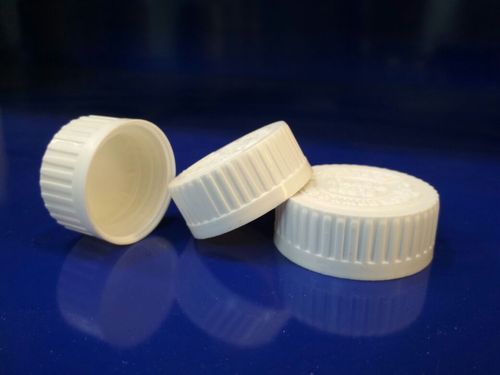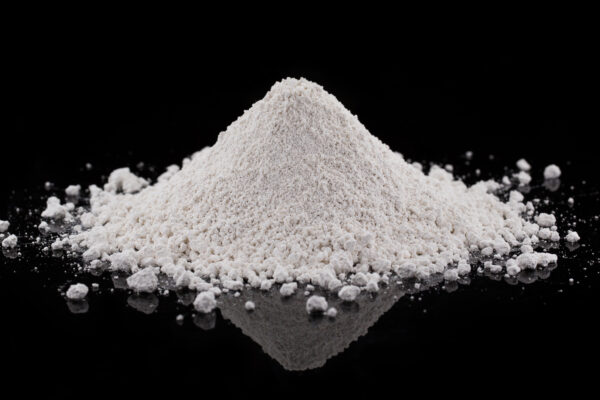ADOPTION OF NATURAL FIBER REINFORCED POLYMER (NFRP) COMPOSITES INDUSTRY – INFLUENCE THE WIND TURBINE COMPOSITES MARKET GLOBALLY
Wind turbine composites are defined as the composites or components which are utilized in the production of wind turbine parts, such as blades and nacelles and others, which exhibits resilience and tensile strength. The use of composites helps in the production of lightweight components with excellent characteristics, low maintenance cost, resistance to corrosion, and long life of products. The growing focus over the renewable form of energy coupled with the rising demand for wind turbine composites from various end-use industries and positive government efforts to support wind energy projects are some factors which are expected to increase the demand for wind turbine composites in the global market. A wind turbine consists of several parts such as a hub, gearbox, blades, nacelle, and tower, amongst which wind turbine blades and nacelle are generally composed of composite materials such as glass and carbon fibers. However, these kinds of fibers are often associated with a certain set of limitations, such as their availability, non-biodegradability, harmful impact on health, and their fabrication cost involved, which is expected to be replaced by the use of natural fibers. The growing focus over several environmental issues has shifted the attention of the researchers and technologists upon the use of natural biodegradable materials, which has bolstered the use of natural fiber-reinforced polymer (NFRP) composites in wind turbine energy.
Natural fibers are defined as those substances which are made from plants, animals, minerals with the help of geological processes and can degrade over time. Natural fibers obtained from kenaf, bagasse, banana, sisal, flax, hemp, jute, abaca, and bamboo can be easily found and need low processing costs. They can be spun together into filaments, threads, or ropes and can be knitted, woven, or matted. The characteristic features of natural fibers may vary considerably according to their chemical composition and structure and are associated with fiber type as well as growing conditions, harvesting time, manufacture method, treatment, and storage processes. Such kind of reinforced composites forms a class of materials which not just exhibit superior mechanical features but can be potentially replaced with the conventional material systems in the wind industry.
The NFRP composites possess certain advantages which cannot be found in synthetic fiber-reinforced composites. These features include low density, minimal cost, non-abrasive features, biodegradability, and renewable nature. The scientists are working upon the development of next-generation best materials, which are lingo cellulose-based natural form of fiber-reinforced materials. It has become vital to replace synthetic and non-biodegradable kinds of materials used in the wind turbine industry with environmentally friendly and low-cost materials. This would involve the use of cheaper, less polluting, and more effective recycling processes along with remanufacturing technologies for high performance products for the development of recycled materials. Further, a sustainable form of materials should be designed using natural fiber, modified thermosetting resin, and recyclable thermoplastic resin, which could make wind energy truly clean energy.



